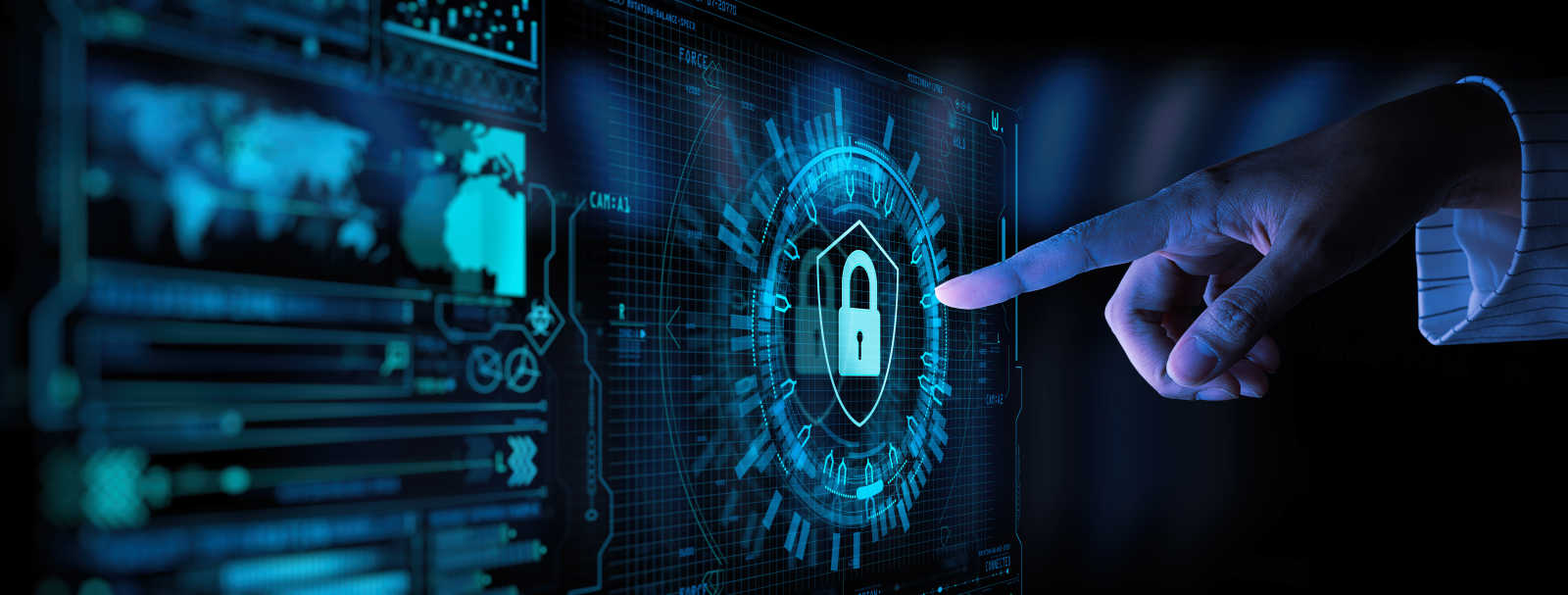
Internet 4.0 : CMMS for security
Wednesday 26 february 2020
Protecting a house, an apartment, a bank, an industrial building, a community is nowadays mostly done with automated security equipment. What about their reliability and maintenance?
From the video surveillance camera connected 24 hours a day and 7 days a week to the remote surveillance centre, to the applications managed directly from a smartphone, the security sector has shown itself in recent years to be constantly evolving and capable of offering new functionalities, new equipment and new services to its professional and private customers.
The Internet of connected objects and the Computerized Maintenance Management System have largely contributed to this development.
Digital transformation in the security sector
The digital revolution of the 2000s, with the emergence of new information and communication technologies, has very quickly created a digital economy that affects all sectors of activity but also civil society as a whole.
The disruptions of the last two decades in the field of information technology have led to the emergence of the new tools we use today, namely, mobile internet, cloud computing, connected objects and artificial intelligence.
It is notable that this digital revolution has not only modified our uses but also transformed our businesses. Society is now turning to jobs that are increasingly based on the use of mass data. Companies must, therefore, be able to collect, process and share information. To do so, they are helped by specialized new-generation applications.
This is called automation, that is to say, the substitution of certain human tasks by digital processes or by the dematerialization of physical structures.
However, humans are not purely replaced by robots but simply become more efficient in other functions. Cf. digitalization/automation of very good news for employment
Anticipating these developments has been a priority for many business sectors, including security providers. They were able to quickly adapt to this change and seize the opportunities offered by the arrival of new products and software solutions for security and surveillance installations. They have successfully combined these technological tools with human capital.
However, they still have a significant margin for progress with regard to optimizing the maintenance in operational conditions of the installed base of equipment.
Increased services
Security service providers use state-of-the-art equipment such as intelligent video surveillance cameras that are connected to data interpretation centers; indoor cameras equipped with a facial recognition system that warns on a smartphone when a person returns home; sensors, etc.
These intelligent and connected technologies represent added value for consumers who have access to a more complete service offer, known as "enhanced services".
Security providers already providing this enhanced service offer. Optimizing its management, then, becomes the new challenge. This is where Computerized Maintenance Management Systems (CMMS) comes in.
A CMMS adapted to security service providers
According to Maslow's famous primary needs pyramid, the need for security is in second place, preceded by physiological needs (eating, drinking, breathing and sleeping). Safety is, therefore, a sensitive subject for humans and should not be neglected.
For this reason, security companies aim to ensure emergency situations (vandalism, fire, burglary, etc.) around the clock with their complete solution of surveillance equipment (alarm, CCTV camera, etc.).
This is why it is essential for these service providers to provide upstream maintenance of the equipment of high quality in order to reinforce their reliability, guarantee their operation and anticipate breakdowns. Computerized Maintenance Management System (CMMS) software such as Yuman, then, becomes a real competitive advantage for this sector, in the same way as mastering the Internet of connected objects.
Indeed, CMMS makes it possible to facilitate maintenance management and to perform a predictive and preventive function on possible breakdowns, which is not negligible.
The advantages of CMMS in this sector
CMMS adapts to all sectors of activity with a need for maintenance and provides them with colossal added value.
For this reason, security service providers will also derive significant benefits from it. Here is a quick overview of the decisive advantages that CMMS will bring them by digitizing their maintenance operations:
• Centralizing, sharing and securing information
• Accessibility in mobility
• Better knowledge of the installed base, sites and customers
• Improving the life cycle of the equipment
• Optimization of maintenance management
• Reliability of installations
• Intervention history and analysis reports
These five points will increase the productivity of maintenance technicians of automated field installations and generate considerable time savings. In the event of a breakdown, alarm and security system maintenance agents no longer need to contact the customer upstream to obtain information to understand the problem. They know directly the nature of the breakdown and have the entire history of the installations, which will greatly facilitate their task. In addition, preventive management will be more solicited and therefore better exploited.
All things considered, CMMS in the security sector saves essential time, better cost management, the durability of equipment, and of course a satisfied customer through anticipation and management perfectly mastered by the service provider.
By the way, our ambition is to offer an unparalleled user experience. Check it out right away: try CMMS for free. Within 2 minutes, the time it takes to create your account, you'll discover what's newest in this category of software.
You can also benefit from a demonstration led by one of our consultants: book a videoconference
Good discovery and see you soon.
📰 You will also be interested in reading :